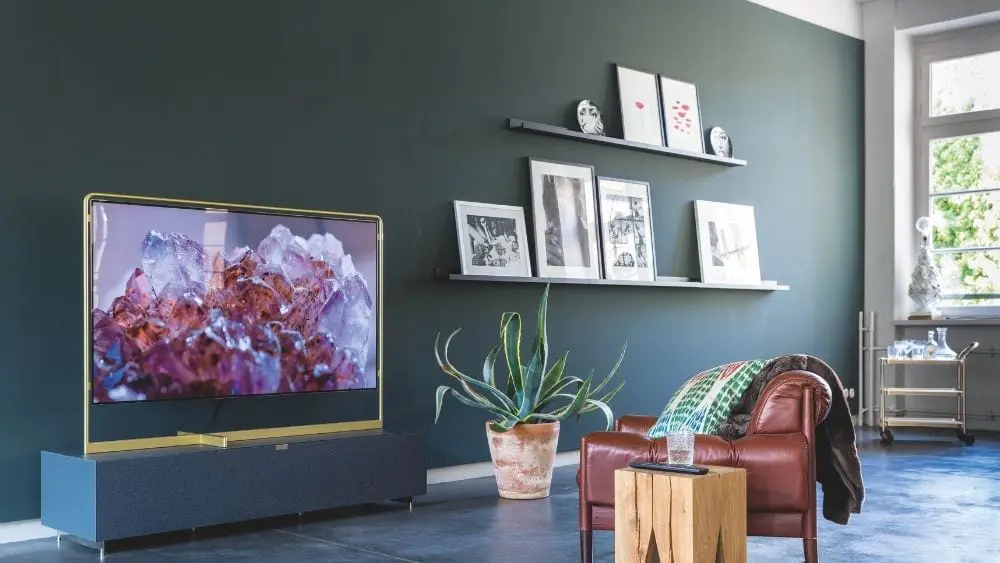
For good reasons, the open floor plan trend in homes doesn’t seem to be going anywhere anytime soon. Open concept floor plans allow for plenty of natural lighting and the openness allows for effortless movement from one space to another and makes it easy to stay connected.
Open floor plans are great for families and entertaining, but with the excitement and commotion of daily life, sound can build and move just as easily as the people do.
The key to reducing noise in a home is to create an environment where sound is absorbed, rather than echoed throughout the space. This can be achieved by using soft materials, as well as by modifying the hard surfaces in a home.
Soft Surfaces and Furnishings
Utilizing soft surfaces and furnishings in a home is a great way to reduce noise because they absorb sound, rather than reflect sound like hard materials do. If you have squeaky floors in your home, this is a great way to reduce the noise.
Basic Surfaces
Starting with the basic surfaces is the best approach.
“For those on a budget, it’s important to do it once, and do it right,” says Lisa Krempasky and Anna Lehr Unden from Southern California custom homebuilder Allen Construction’s design division. “Start with the basics, such as softer flooring, minimizing cabinetry, maximizing soft furnishings and properly insulating walls.”
Don Yokovich, owner of Closet Factory Houston, says the materials you use to decorate your home have a tremendous impact on noise levels.
“You want to replace harder surfaces with softer materials to reduce noise,” says Yokovich. “You can incorporate fabric inserts in cabinet doors, add a fabric-wrapped tack board above your kitchen counter, use fabric-style wallpaper and backing, replace your closet door with a curtain, install carpeting over hardwood or just lay a rug down under your coffee table.”
Fabric Furnishings
In addition to basic surfaces, you also want to use soft materials and furnishings for decorating your home. Yokovich says you don’t have to spend a ton of money if you’re willing to get creative with your décor.
“When decorating walls, go with acoustical panels or fabrics,” says Yokovich. “Heavy drapes will absorb a great deal of sound, including migrated noise from the outside. For those on a stricter budget, you can hang a canvas painting or a family quilt and reduce noise in style.”
Krempasky and Unden suggest incorporating upholstered pieces of furniture into your home design.
“Even bar stools can have an upholstered seat,” suggests Krempasky and Unden. “Hang fabric window treatments and art. Unseen convoluted foam sheets placed under chairs, sofas and ottomans can further reduce noise.”
Sound Panels
Colorful and customizable sound panels are good way for reducing noise in a living space without taking away from the open, contemporary aesthetic.
Marlon Heimerl, director of marketing of corporate for Minneapolis-based art organization Art Force, says art images can be printed directly on sound panels, combining the benefits of noise reduction with the addition of artwork.
“Sound panels — either installed on the ceiling or walls, can help quiet a noisy rec room, TV den or home office,” says Heimerl. “They can also be layered in varying depths to create a colorful and dimensional design element.”
Heimerl says Art Force is a commercial, business-to-business provider, however, sound panels can be added to any location with the help of an art consultant or interior designer.
Rethink Hard Surfaces
Using soft materials and colorful panels are great ways to absorb sound in a room, but there are going to be some necessary hard surfaces. Must-have hard surfaces in an open living area, such as doors and storage spaces, can also be designed to reduce noise.
Solid-Core Doors
Most houses today are built with hollow-core doors. Although they are great to use when cutting costs, they are not so great for blocking sound between rooms. Yokovich, as well as Krempasky and Unden, advise to install solid-core doors to block sound.
“The more mass a door has, the more noise it cuts down on,” says Yokovich.
Shelves Instead of Cabinets
Depending on the homeowner’s storage needs, they should consider switching cabinets out for shelves and cubbies instead.
“Introducing more open organizational elements in your designs help too,” says Yokovich. “For example, sound bounces off of a hard cabinet door more easily than it does a series of shelves or cubbies.”
Open floor plans are great for entertaining and living unconfined. What makes this design so great also makes the perfect space for noise to travel and build, but by making some simple adjustments you can enjoy your open, free-flowing home and reduce noise at the same time.
 Builder’s Warranty or Resale Home Service Contract: Which Is Better and Why?
Builder’s Warranty or Resale Home Service Contract: Which Is Better and Why?
Sean
Desperate for a solution to noisy fridge WHAT IS THE QUIETEST MODEL please please help🫡